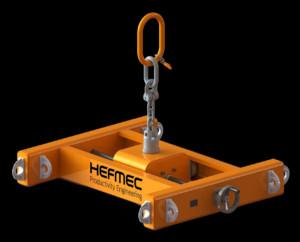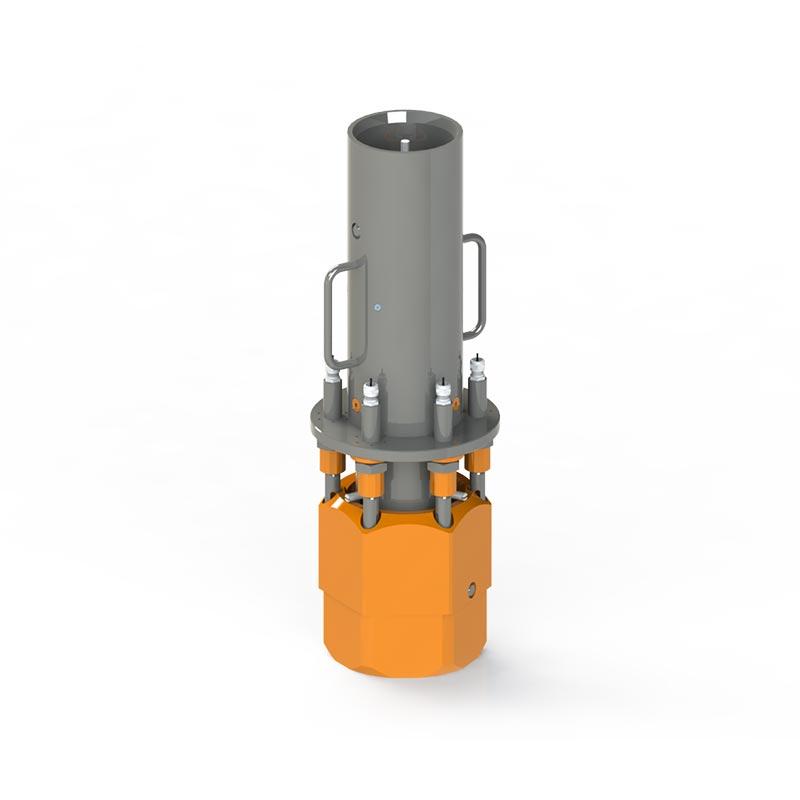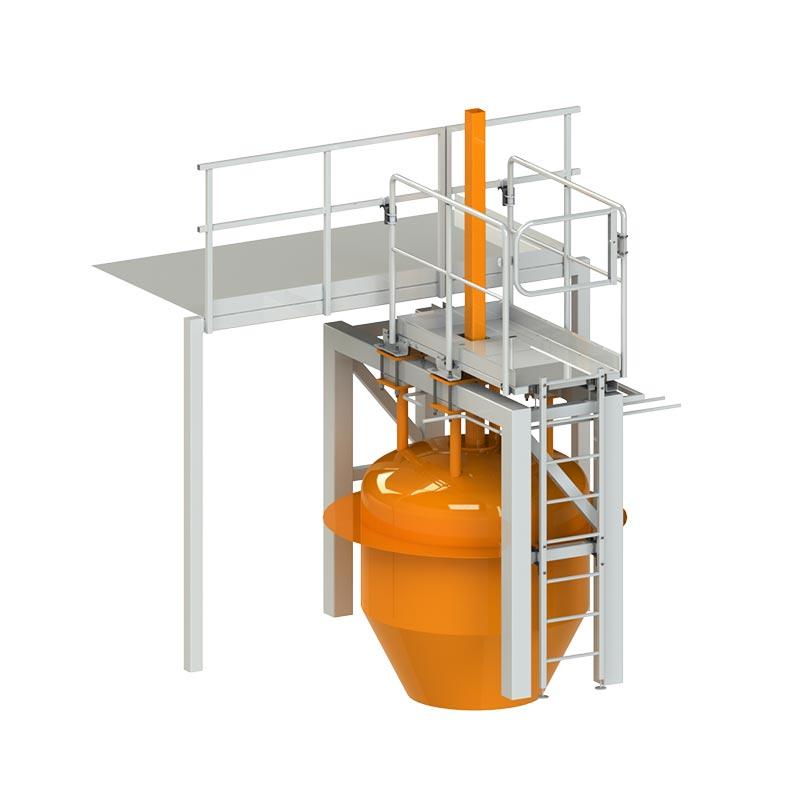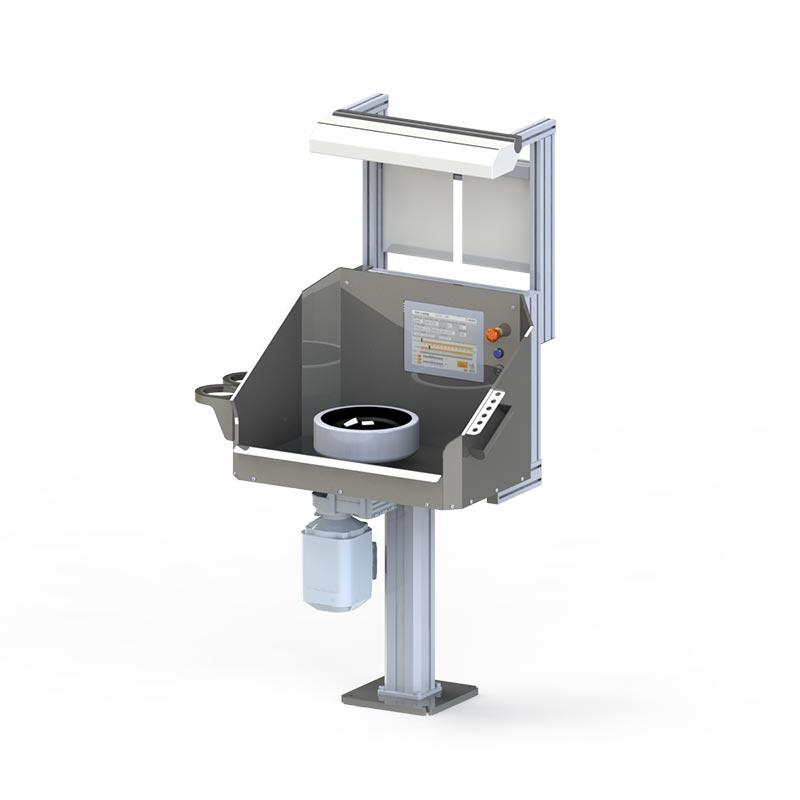The success of efficient and safe transport work depends largely on the selection of suitable equipment and machinery. The right lifting equipment depends on the characteristics of the load to be moved, the environmental constraints and the project schedule. The weight, size and shape of the load and the transfer route are key factors to consider. When moving heavy industrial items, expert support in equipment design saves costs and ensures the safe execution of the job.
What factors influence the choice of scavenging equipment?
When choosing the appropriate transport equipment, it is essential to analyse a number of factors. The weight of the load primarily determines the lifting capacity required – often thousands of kilos are involved in industrial machinery transfers. The size and shape of the load in turn influence the lifting equipment and anchorage points required. The length of the journey determines whether fixed or mobile equipment is required.
Space constraints such as doorway size, ceiling height and floor load-bearing capacity are critical factors to consider. The assessment of these factors requires careful planning in advance. The project schedule will also contribute to determining the most appropriate choice of equipment – sometimes a faster move may require a more robust piece of equipment.
Hefmec’s fleet mapping service helps identify specific project requirements. The survey will review the challenges of the relocation site and environment, and recommend the optimal equipment configuration. This saves time, costs and significantly reduces risks.
How do I choose the right lifting equipment for moving heavy machinery?
Specialised equipment is needed to move heavy industrial machinery, and lifting capacity is of course the first criterion when choosing the right equipment. Lifting height and reach must also be taken into account. Industrial cranes are an excellent choice for moving very heavy machinery under controlled conditions.
Hydraulic jacks are particularly suitable for situations where precise control of the lifting height is required or when working in a low space. They allow controlled movement and good stability. The special cranes for industrial machinery offered by Hefmec are designed specifically for demanding handling tasks.
The use of chain slings or wire rope hoists is justified in situations where longer-term support or controlled load transfer is required. The lifting capacity of these devices varies considerably, so it is important to choose the right size. Hefmec offers expert assistance in selecting the right lifting equipment for the needs of different industrial sectors.
When should you choose a wheeled forklift truck?
Wheeled transport equipment offers flexibility and efficiency in many situations. Wheeled solutions are particularly useful when loads need to be moved over longer distances or when there are frequent movements. They significantly reduce physical strain and speed up the transfer process.
Hefmec modular transport trolleys are ideally suited to a variety of platforms and loads. They can be customised to suit each project, taking into account the dimensions and weight of the load to be transported. Another advantage of modular trolleys is their adaptability to different tasks.
The quality of the floor has a major influence on the choice of wheeled equipment. On uneven surfaces, more rigid wheel solutions are needed, while on smooth surfaces, lighter wheels work well. Hefmec experts can help you assess which wheeled solutions are best suited to your specific environment, taking into account the load-bearing capacity of the floor and the quality of the surface.
How do I take occupational safety into account when choosing my forklift trucks?
Safety at work is of paramount importance when choosing transport equipment. The equipment must be both fit for purpose and comply with the safety regulations in force. Compliance with load limits is an absolute prerequisite for safe transport work.
Hefmec equipment is designed with safety at work as a priority. Stability is best ensured when the equipment is correctly sized in relation to the load to be moved. If necessary, a locking device can be designed into the trolley to ensure product stability.
Appropriate qualifications and training are also needed for the transfer work. Lifting equipment operators should be trained in the safe use of the equipment and in transfer techniques. Hefmec also provides training and guidance on the safe use of equipment, which is an essential part of overall occupational safety.
What special equipment is needed for moving into confined spaces?
Operating in confined spaces places special demands on the transport fleet. Compact lifting equipment such as low profile jacks or specially designed cranes are essential. Low-profile trolleys allow access to low spaces and under machinery.
Hefmec’s compact lifting equipment is designed specifically for challenging space constraints. They allow you to work efficiently even in spaces where conventional lifting equipment would not work. The company offers special solutions for narrow corridors, allowing safe working in confined spaces.
Route planning for mobile equipment is particularly important in confined spaces. Choosing the right equipment requires a careful assessment of the critical points along the transfer route. Hefmec experts will map the transfer route in advance and recommend suitable solutions for challenging access routes.


